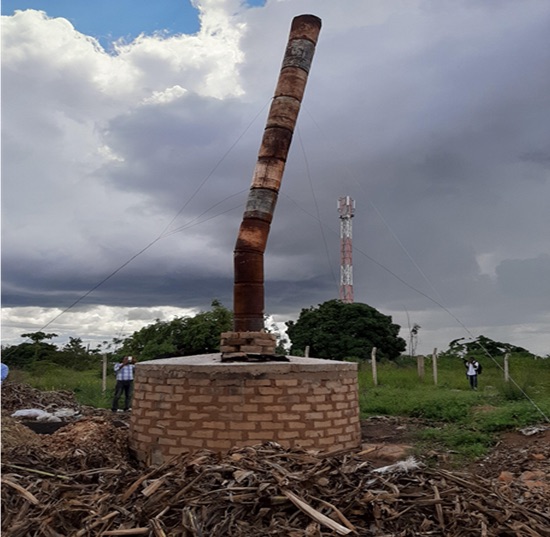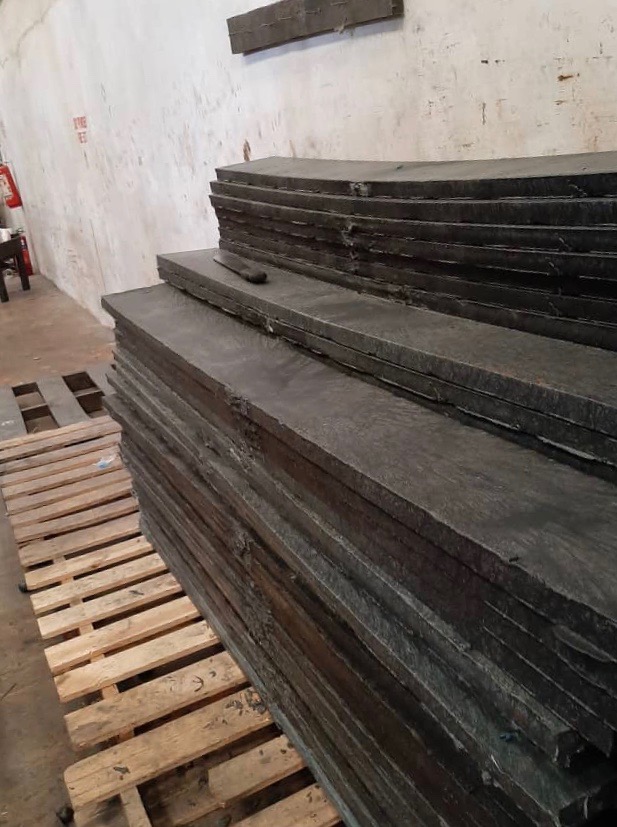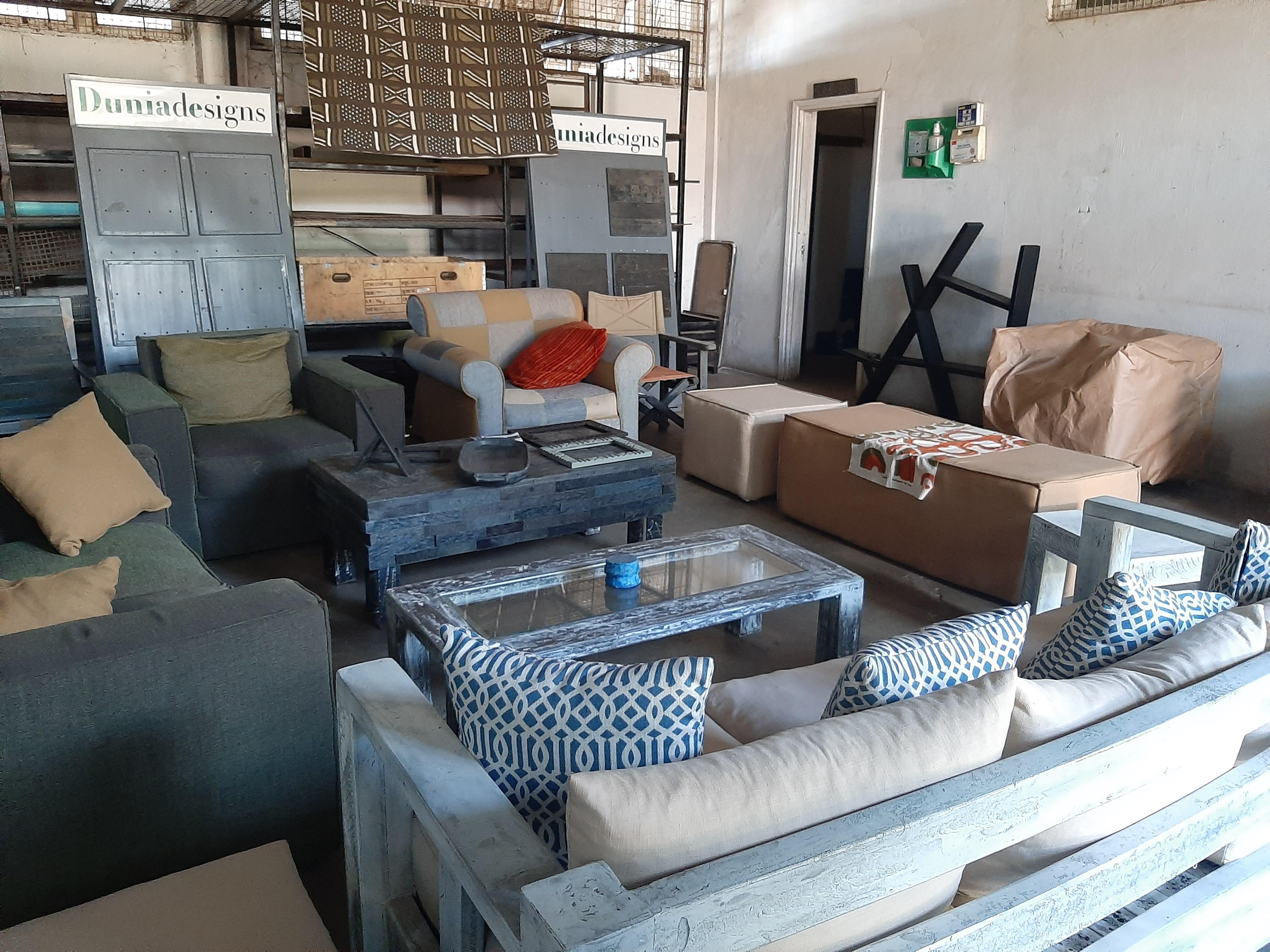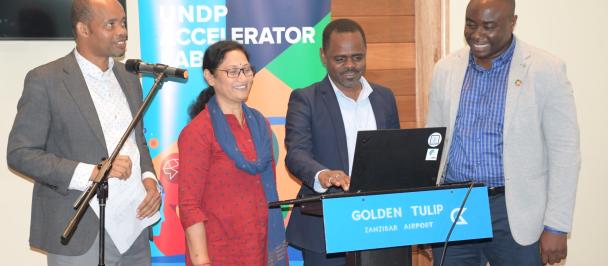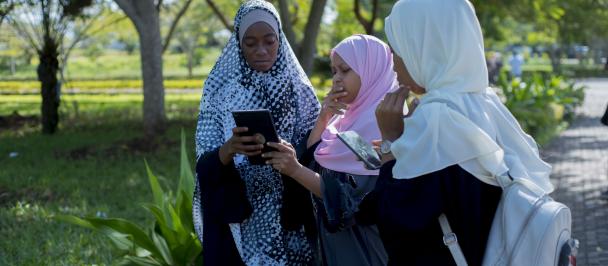Biomass furnace locally made in Mwanza region. Photo by Ghati Horombe/UNDP
What sparks grassroots innovation?
A traditional interpretation states that innovation emerges when existing systems and practices fail to serve people’s needs. These solutions can arise through serendipity, systematic experimentation, trial and error, or combining existing ideas in unconventional ways.
Yet others believe it is the unmet needs of disadvantaged people living in developing countries which truly drive meaningful breakthroughs. Those who face complex challenges in their own environments on a daily basis are often able to develop alternative approaches more effectively than traditional development actors.
Framing “grassroots innovation” in Tanzania
In Tanzania, the role to coordinate all innovative initiatives falls under the authority of the Tanzania Commission for Science and Technology (COSTECH), a parastatal organization with the responsibility of coordinating and promoting research and technology development activities in the country. COSTECH is the chief advisor to the Government on all matters pertaining to science and technology and their application to the socio-economic development of the country. According to COSTECH:
Grassroots innovation is an innovation from unaided, unqualified, untrained individuals’ innovator from informal sector, who has developed a solution to technical, environmental and social-economic problem.”
Lumber made from recycled plastic in Mwanza region. Photo by Ghati Horombe/UNDP
As a Tanzanian myself, I like this even simpler definition: grassroots innovations are community-led solutions for sustainability.
Our country is rich with ideas from grassroot innovators as they seek to creatively transform complex challenges into social-economic opportunities across sectors. Take, for example, the issue of solid waste management in Tanzania. where it is estimated that the quantity of municipal solid waste generated countrywide amounts to more than 10,000 tons per day. The indicative generation rate shows up to 1kg of waste is generated per person per day. Add to this, between 80-90 percent of solid waste generated in urban areas is not collected and most of the domestic waste, which accounts for about 60 percent of the total solid waste generated daily, is disposed of by burning or buying. Recycling activities ae minimal and in some regions, non existent.
One such solution emanating from the community-level is the production of bio-mass briquettes which provide safe, efficient and low cost cooking energy. In addition to addressing deforestation, production of the eco-friendly briquettes can boost local employment.
Grassroots efforts are also leading the way in recycling plastic waste into green lumber which can be used to produce durable and green products such as school desks, furniture, staircases, and pallets.
The Tanzania Accelerator Lab, positioned as an integrator in a growing innovation ecosystem, will embark on identifying more grassroots solutions through solutions mapping together with local actors and COSTECH in order to further validate their potential to accelerate development building on government efforts.
Furniture made from plastic waste in Arusha. Photo by Ghati Horombe/UNDP
Scalling from the grassroots to beyond
From the peak of beautiful Mt. Kilimanjaro, you can look upon a country actively pursuing novel solutions via grassroots innovators. These "doers" are determined to make an impact and contibute towards achieving the Sustainable Development Goals.
One of the questions the UNDP Accelerator Lab in Tanzania is seeking to answer is, which of these multitude of solutions can scale, and how can we unlock rapid progress?
Of critical importance is the inclusion of a broader range of grassroot innovators into the innovation ecosystem. Many innovation hubs and labs focusing on youth groups emerged in Tanzania in recent years. These support networks remain concentrated to urban areas where technology and internet infrastructures have advanced. We are aware of the “innovation divide” which presents an emerging obstacle for grassroots innovators based in rural and/or remote areas. Insuring inclusiveness in the innocation space cannot be shouldered by any
single actor but rather will require many actors teaming up, such as the government, hubs, labs, civil society organizations and development partners. Stakeholders should work together to seek out, recognize, and incubate diverse solutions. These solutions can become quality commercial or social products which help boost employment, protect the environment, improve access to education or health services, and more. In expanding the innovation space, Tanzania will be able to cultivate an innovative spirit from the grassroots up across geographic, social and economic spread.
The potential of these innovations can be tapped through a transdisciplinary approach that brings together researchers, community and investors in a way that enables co-learning, co-innovation, and effective diffusion. Our intended goal is to grow these solutions as spin-offs either into independent ventures, government policy or development programs.
In this way, we can collectively elevate more problem solvers emerging from the grassroots, while leaving no one and no place behind.
Please join the movement and share your experinces!
More reference
- Grassroot-level innovations may hold the key to the global challenge https://bit.ly/2S34nNe
- Tapping the entrepreneurial potential of grassroot innovation https://bit.ly/2UsdN6o
By Ghati Horombe, UNDP Tanzania Accelerator Lab, Head of Solution Mapping

 Locations
Locations